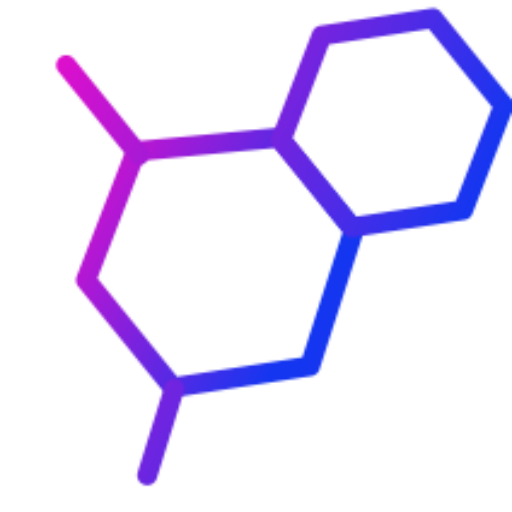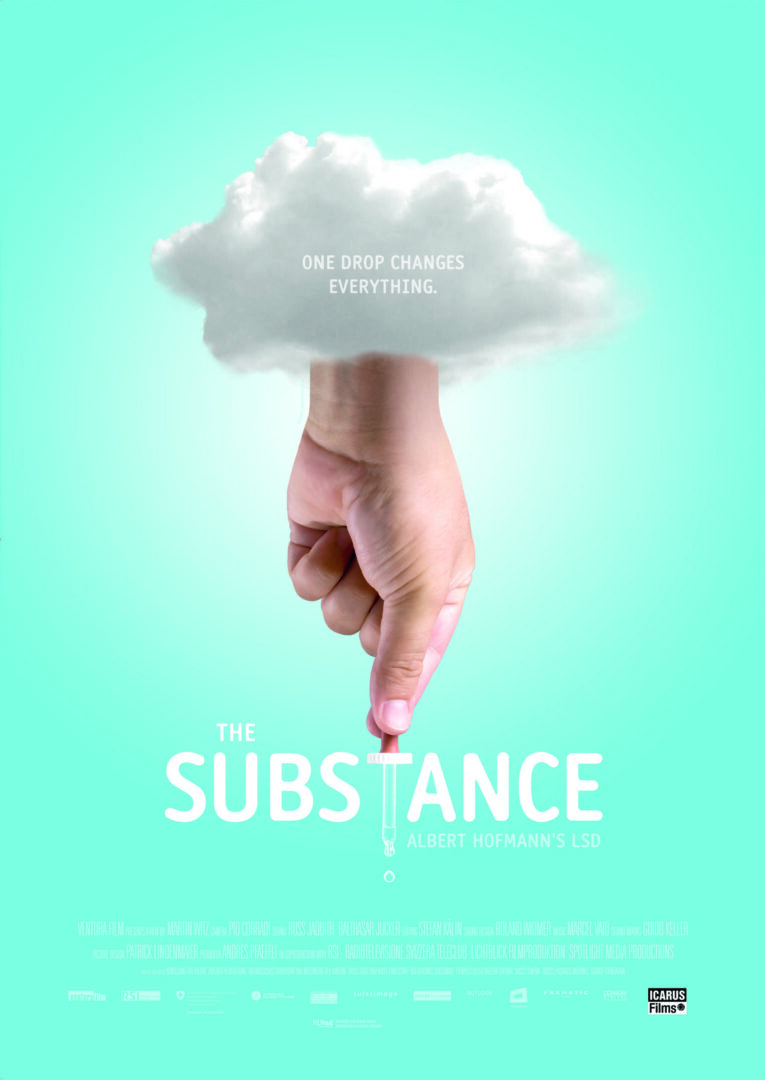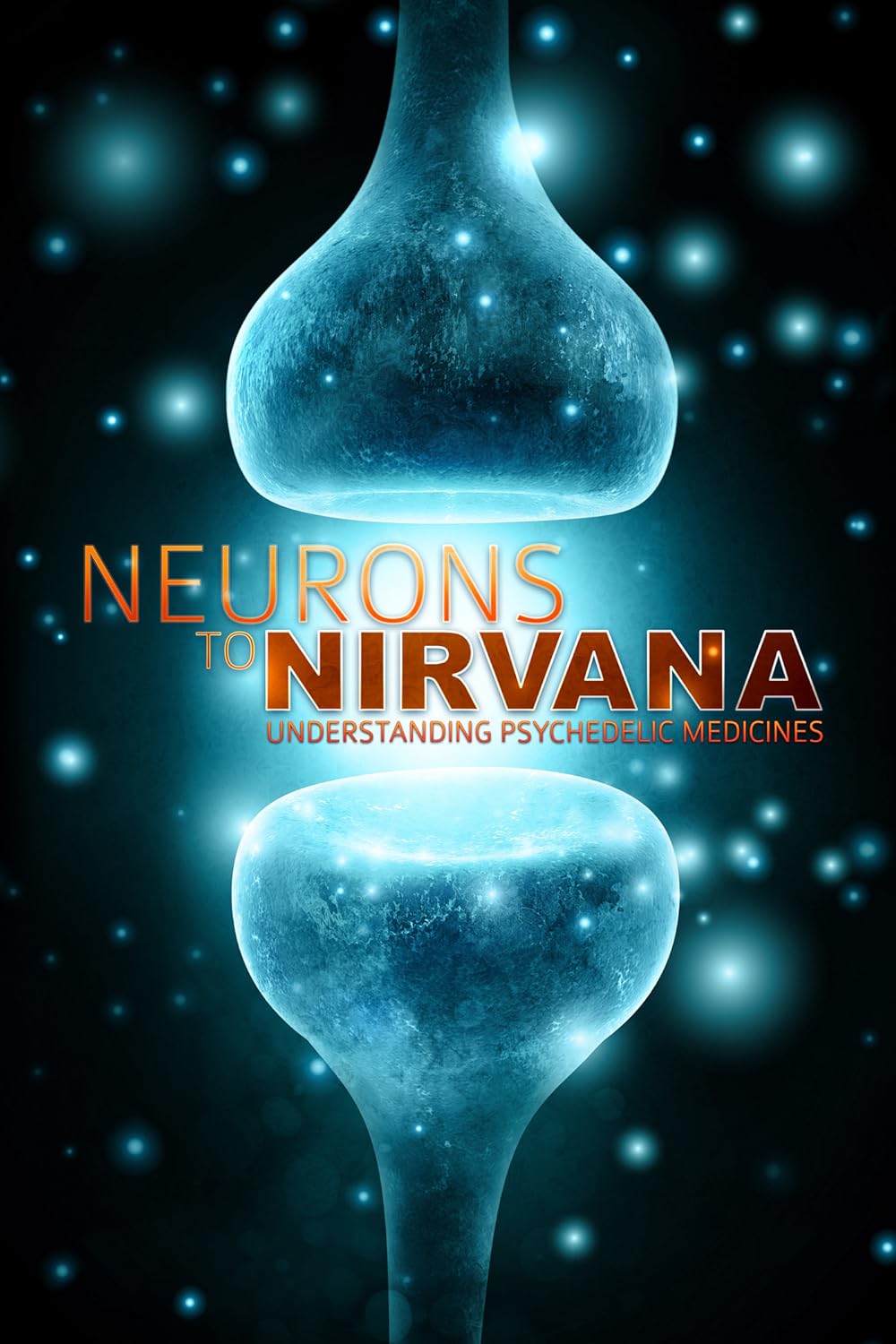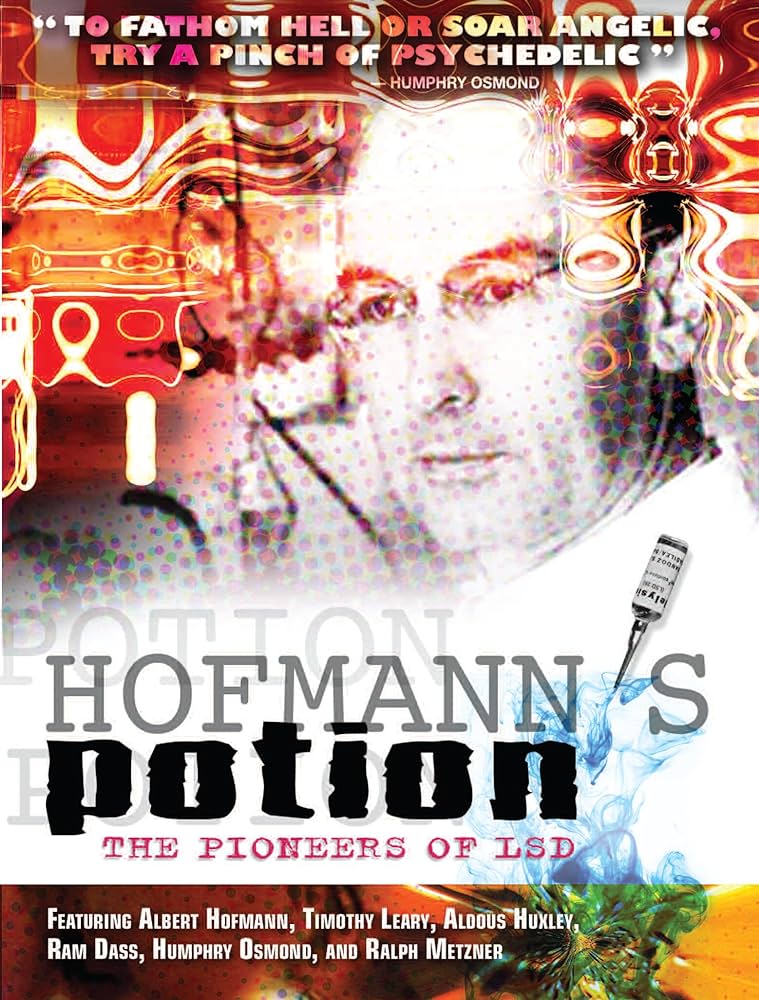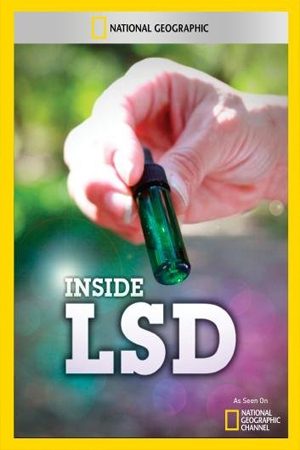Recreational use of ketamine is often done by snorting small amounts of finely ground ketamine crystals or powder. The powder is absorbed by the mucus membrane in the nasal cavity, entering the bloodstream and the brain.
Snorting ketamine is the most common form of administration for recreational users for a reason — it’s quick, (can be) discreet, and shareable.
In this article, we unpack how to snort ketamine, its risks, benefits, safety, bioavailability, and all things related to ketamine insufflation.
Snorting Ketamine Risks & Side Effects
Snorting ketamine is not without risks. Taking ketamine while driving, swimming, bathing, or in combination with other drugs or alcohol or while engaging in risky behavior can be fatal.
The first order of safety with snorting ketamine is testing the substance to be sure it is indeed ketamine.
While ketamine is frequently used by people in small amounts without issue, it can cause side effects, such as:
- Impaired motor function
- Blurred vision
- Impaired decision-making
- Elevated heart rate and blood pressure
- Nausea/Vomiting
- Headache
- Hallucinations
- Loss of consciousness
At high doses, like the K-hole experience, vomiting can cause you to choke. If you’re seeking the K-hole, always have a trip sitter nearby. If tripsitting someone who may vomit, put them in the recovery position. Combining ketamine with alcohol increases this risk.
Extreme cases of abuse often lead to severe damage to the bladder, sometimes requiring its removal.
Individuals with the following conditions should avoid ketamine:
- Personal or family history of schizophrenia or psychosis
- Cardiovascular disease, such as hypertension
- Substance use disorder
- Bladder, kidney, or liver issues
- Pregnant or breastfeeding
Ketamine can be dangerous (even fatal) if mixed with other substances, particularly downers like alcohol, opioids, and benzodiazepines.
Snorting ketamine can lead to:
- Nasal irritation and inflammation
- Difficulty swallowing
- Reduced sense of smell
- Hoarse voice
- Nose bleed
- Perforated septum (a hole between nostrils)
When snorting ketamine, do not share applicators like straws or rolled bills. Harm reduction experts note the risk of transferring bloodborne viruses through tiny amounts of blood, like hepatitis C or HIV.
Snorting Ketamine Dose
A snorted dose of ket will depend on your tolerance, purity of ketamine, and how your body responds to the substance.
As with any drug, the best advice is to start low and go slow. You can always take more, but not less.
- Threshold — 5-30 mg
- Standard — 30-80 mg
- High — 80-150 mg+
Going beyond the 150 mg mark will bring many people into the K-hole — a place of profound dissociation, which can be enlightening or terrifying. Always have a sitter if seeking the K-hole.
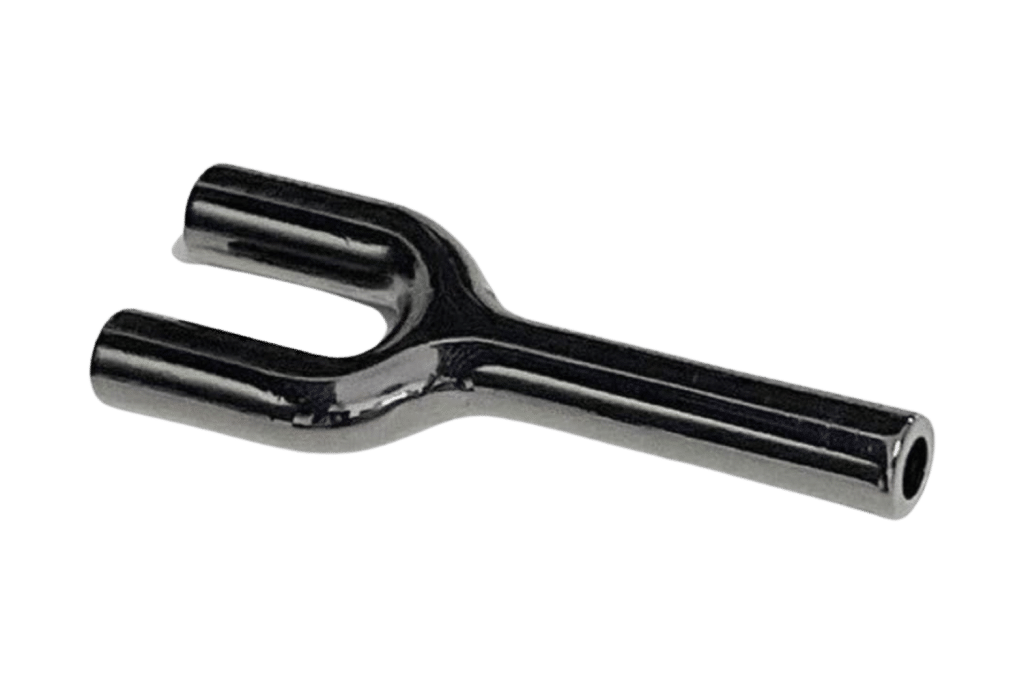
How to Snort Ketamine
Snorting ket is also called doing ” lines ” or “bumps.”
Always test drugs before consuming them. Little bags or white powder can be easily mixed up. Increasingly, adulterants are found in drugs like ketamine, including fentanyl. Snorting even a small amount of the wrong compound can be fatal.
Once you know you have ketamine, snorting it is a fairly straightforward process:
- If possible, weigh out the desired dose.
- Make the finest powder possible. Use a plastic card to press and rub the powder with the flat of the card in a circular motion.
- Shape the line. The width of a pencil led is a good guide.
- Use a plastic straw or rolled paper to inhale through your nose. This doesn’t need to be forceful; think of smelling a flower.
- Wait 5-15 minutes for the effects to kick in before consuming more.
After the ketamine is in your nostrils, it will go down the back of your throat, known as the “drip.” You can swallow or spit out the drip since it doesn’t seem to affect the high.
Rumors circulate that spitting the drip is better for your health, but we are unaware of any evidence supporting this theory.

Snorting Ketamine: Harm Reduction Tips
Usually, ketamine is taken many times throughout a night or event, leading to irritation or damage to the nostrils. Some will use saline solutions to prepare or periodically clean the nostrils. Frequent insufflation will produce excess mucus, potentially lowering absorption.
Others will opt for ketamine nasal spray or even snort small amounts of water and ketamine mixture from their hands. We cover making nasal spray below.
To make a finer powder from ketamine crystals:
- Put some powder on a hard, flat surface, like glass or a mirror.
- Place a plastic banknote, paper, tin foil, or baking paper over the powder.
- Draw the edge of a plastic card overtop, further crushing it into a fine powder.
Some mention cooking ketamine, covered below, to create a desirable consistency of ketamine powder.
When using a scale to measure the dose is impractical, one Reddit user mentioned creating “guidelines.” By chalking up several lines, all the same size, and leaving one behind, it’s possible to keep track of the amount you’re doing.
Cooking Ketamine Liquid to Powder
Ketamine is often found in liquid form as ketamine hydrochloride (ketamine HCl). Hospitals and first responders get ketamine in this form, and illicit ketamine is often transported as a liquid.
Some people prefer to inject ketamine intravenously or intramuscularly. However, injecting is riskier, and converting ketamine from liquid to solid can be done at home.
Often called “cooking,” the process is technically evaporation. The simplest method is to put liquid ketamine into a large flat dish and let the water evaporate for a day or two.
For those who do not want to wait, heating the ketamine HCl in the microwave, oven, double boiler, or even a frying pan can speed up evaporation.
Note that excessive heat may degrade ketamine.
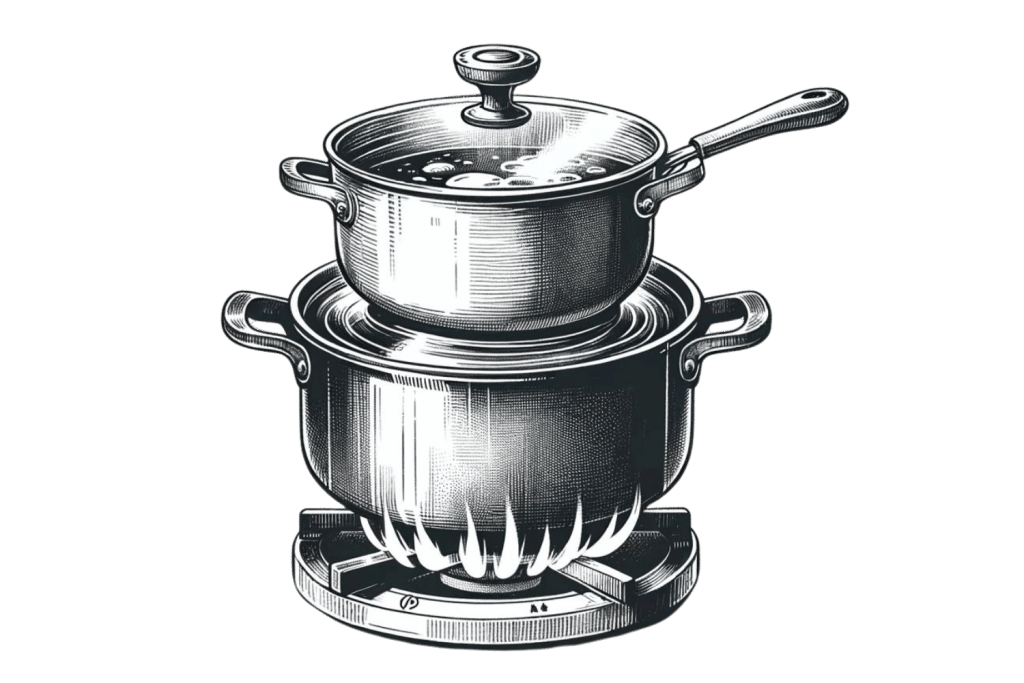
Making Ketamine Nasal Spray
A ketamine nasal spray can reduce irritation to the nose.
The process is fairly simple, and supplies (other than ketamine) can be found at the local pharmacy or online.
Here is how to make ketamine nasal spray:
- Purchase empty nasal spray bottles and saline (sterile salt water) from a pharmacy. Some nasal spray products can be emptied and refilled, too.
- Note the volume of the spray bottle and the volume of one spray.
- Determine what dose you want and do the math. For example, a 10 mg dose with a 100 ml spray bottle and 1 ml spray volume means adding 1000 mg of ket.
- Add the ketamine and mix well until dissolved.
Ideally, label the bottle and your dose. It’s best to make doses smaller and take multiple sprays.
If not all the ketamine is dissolving in the water, even after a good amount of time, the solution may be oversaturated. This will take a lot of ket, but it’s possible as water has a limited capacity for ketamine.
Ketamine Insuffation Bioavailability
Ketamine’s intranasal (with a spray) bioavailability is estimated to be around 45%.
Bioavailability is how much of a drug your body absorbs, and by these numbers, less than half of snorted ketamine makes its way into the bloodstream and brain.
However, the above estimate is general. There are many factors, including technique, that influence exactly how the body absorbs ketamine.
How Else is Ketamine Used?
Ketamine’s only accepted legal application is for anesthesia and treatment-resistant depression (Spravato, specifically).
Since the 2000s, ketamine has become a mental health intervention, treating conditions like depression, anxiety, OCD (obsessive-compulsive disorder), PTSD (post-traumatic stress disorder), and others. Recreational users take ketamine for its mood-altering and novel disassociative effects.
The drug is a reasonably safe anesthetic because it does not exhibit respiratory and cardiac depression to the degree of other anesthetics. The safe profile ensures ketamine’s use in ambulances and hospitals to mental health clinics. In a medical setting, ketamine is typically injected intravenously or intramuscularly.
Increasingly, ketamine is used for mental health and chronic pain treatments. Clinics around the world now use ketamine “off-label,” meaning outside the officially approved use of anesthesia. Ketamine is the most widely accessible form of psychedelic therapy, offered in sub-anesthetic doses via online ketamine clinics.
FAQs: Ketamine
Here are some common questions about snorting ketamine we get asked.
1. Is Snorting Ketamine Dangerous?
Yes, overuse can be damaging to the body and lead to addiction. Any substance can be abused, and it’s essential to be conscious and honest about your use when experimenting with substances.
Ketamine doesn’t necessarily lead to serious problems when used sparingly. If drug use is affecting your everyday life, we urge you to talk to someone you trust about your substance use.
2. Can You Overdose Snorting Ketamine?
While it’s rare, an overdose from snorting ketamine is possible. Most overdoses with ketamine involve multiple substances, like alcohol, opioids, and benzodiazepines.
Some overdoses also stem from people unknowingly taking ketamine that contains adulterants like fentanyl. Always get drugs tested, and never use them alone.
Other ketamine-related deaths involve driving, taking baths, and swimming.
If you or someone in your care may be overdosing, contact medical support. Signs of overdose include shallow breathing (less than ten breaths per minute), low/high blood pressure, and heart attack.
Ketamine is not an opioid, and overdose cannot be reversed by naloxone (Narcan).
3. How Long Does Ketamine Stay in Your System?
Snorted ketamine lasts from 15 minutes to over an hour. On average, the whole experience is about 40 minutes.
The duration of effects depends on age, sex, metabolism, genetics, and many other factors.
While ketamine isn’t included in standard drug panels, it can be detected with specialty testing. Depending on the test, ketamine and its metabolites can be detected for up to 14 days in urine or up to 3 months with hair follicle testing.
